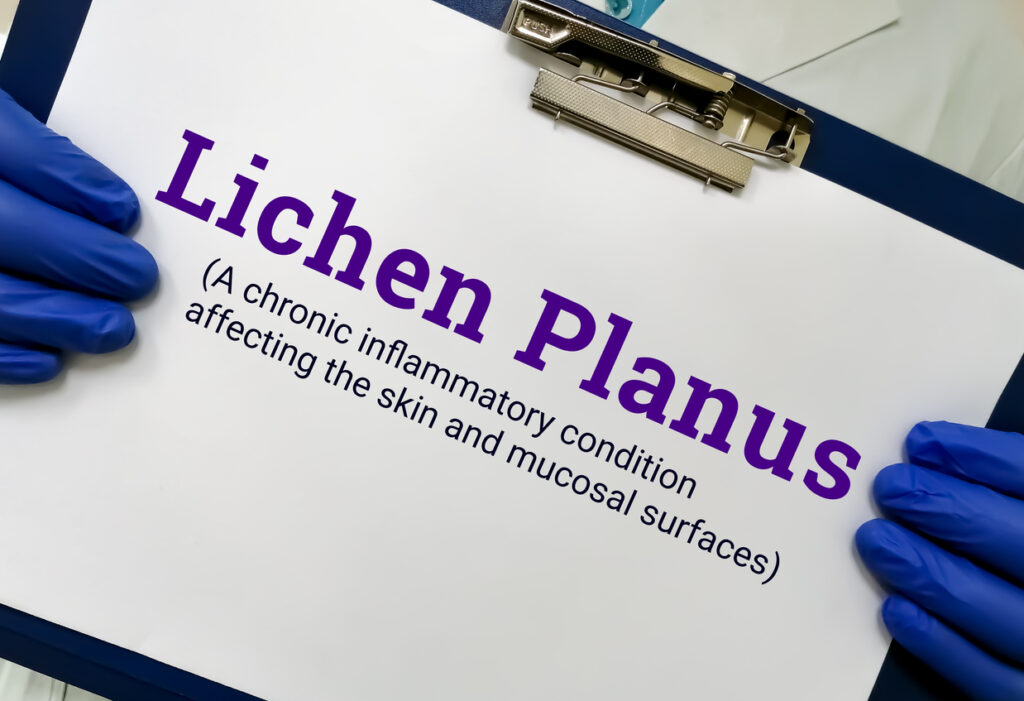U.S. dermatologists have a lot to learn when it comes to screening for and treating lichen planus, according to a new survey in Dermatology and Therapy.
When researchers surveyed more 400 dermatologists to better understand how lichen planus is managed in real-world practice, they found that screening for chronic conditions in these patients is inconsistent. Doctors often checked for hepatitis C, even though it’s rare in lichen planus, while more common issues like high blood pressure, depression, and anxiety were frequently missed.
Many dermatologists were unaware that there are no U.S. Food and Drug Administration (FDA)-approved therapies for lichen planus. Most doctors used topical steroids for treatment, while far fewer used stronger treatments or light therapy, even though they are backed by evidence.
“These findings underscore the absence of standardized, evidence-based guidelines for lichen planus care,” says Adam Friedman, MD, Professor and Chair of Dermatology at the GW School of Medicine and Health Sciences in Washington, DC. “Practitioners are often left to rely on training background and personal experience, leading to wide variations in care and, ultimately, potential disparities in patient outcomes.”


